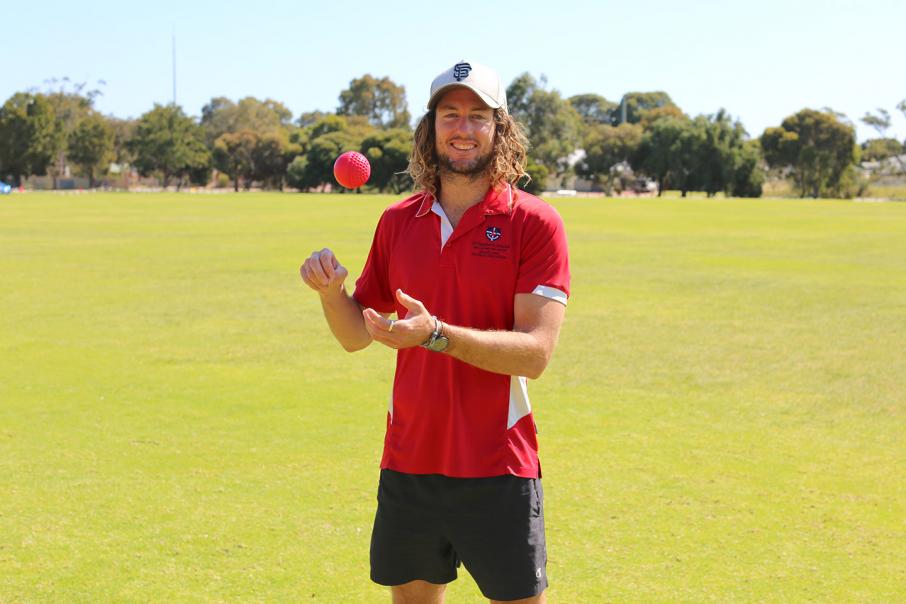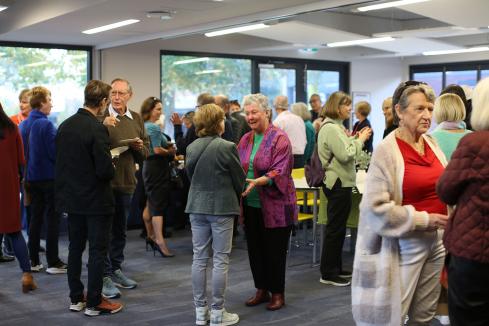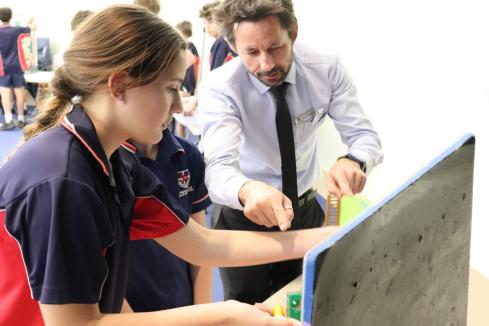Albert Einstein once said, “fantasy is more important than knowledge, because knowledge is limited”.


As an educator, on first glance, this statement appears to go against conventional thinking, however on deeper consideration, it is one of pure genius. It asks us to look beyond what is directly in front of us, to question, to be curious, creative and innovate. Everything that the twenty-first century needs.
When we look at things from different angles, our observations and discoveries often take us on paths very different to the one we started on. It is the journey that instils a sense of passion, urging us to keep going. And for those passionate people who continue on the path, it makes way for a new way of thinking. This is where we find our innovators.
Innovative thinkers are, and always will be, in demand. There appears to be a set of traits exhibited by those who think outside the box. Those that ask the questions; ‘what if’ and ‘what about’? These traits include; emotional intelligence, openness, confidence, curiosity, tenacity, self-awareness and empathy. Traits which go beyond the content and associated ‘knowledge’ of a subject. This is, of course, not to minimise the importance of knowledge, it is about pairing knowledge with the above attributes that lead to the innovations of tomorrow.
St Stephen’s School graduate and Health and Physical Education teacher Aaron Lilly is a perfect example of how these traits translate into innovative thinking.
Cricket has been Aaron and his family’s passion. He grew up watching his Dad play the game; he has played cricket at a high level, both in Australia and the United Kingdom since he was ten years old, is a Subiaco-Floreat premiership all-rounder and has scored more than 5000 runs in WACA grade cricket.
Aaron’s love for the game is infectious and one that, after a few years of dreaming about it, saw his latest innovation, the new SWINGA technique ball, released to market.
“My other job is coaching cricket and I am passionate about helping young players improve and become the best cricketers they can be,” Aaron said. “I throw thousands of balls to kids and the hardest thing to teach them is how to play the swinging ball.”
“Normally the only way to authentically practice against the swinging ball is to buy a brand-new leather cricket ball, which can cost anywhere between $20 and $70, only for the shine to come off almost immediately in the nets where the ball hits concrete or gets wet and stops swinging – you can’t be practicing against a brand-new ball all the time as it is expensive.”
Fuelled by his frustration, passion and knowledge, Aaron started looking at things from a different angle. He drew inspiration from the theory of taping one side of the ball for a good swing in backyard cricket and set about designing and manufacturing what he calls “a taped-up tennis ball for adults”.
“I have developed the ball to replicate the swing and movement of the new leather cricket ball, but I have designed it so it will never stop swinging no matter how much it is used,” Aaron said.
“It is the same size and a similar weight to a leather ball. It bounces off the pitch in a normal fashion. The feeling off the bat is almost identical to a normal ball. But unlike a normal leather ball where the lacquer and leather will quickly come off, the SWINGA technique ball has been engineered with material so it will never stop swinging, won't go out of shape, and can still be used if the nets are wet.
“The SWINGA is cost effective and lasts a long time.”
Aaron said it took lots of conversations with experts and trial and error to correct the polyethene for the product to behave like a cricket ball but once the SWINGA went on sale, the initial batch sold out in three days.
He even has the support of cricket legend Justin Langer who has endorsed the SWINGA as an “unbelievable” practice tool.
Aaron said he has always enjoyed creating and finding other uses for things and believes that everyone has the chance to be innovative if they give themselves the opportunity.
“You are a product of your environment,” he said. “If you are in a good place, with good people, you are giving yourself every opportunity for success.
“One of my good mates always says show me your mates and I’ll show you your future. I had wonderful mates at school that are still mates today and now wonderful friends as a teacher.
“Surround yourself with good people, people that build you up; do more things that you are passionate about, and if you can find that in your working life then that is the dream.”
We need to keep moving forward and at times that might mean disrupting current thinking. Innovation comes from disruption and tenacity. Innovation is the future delivered now.
Find out more about the SWINGA at www.swingacricket.com.au.















